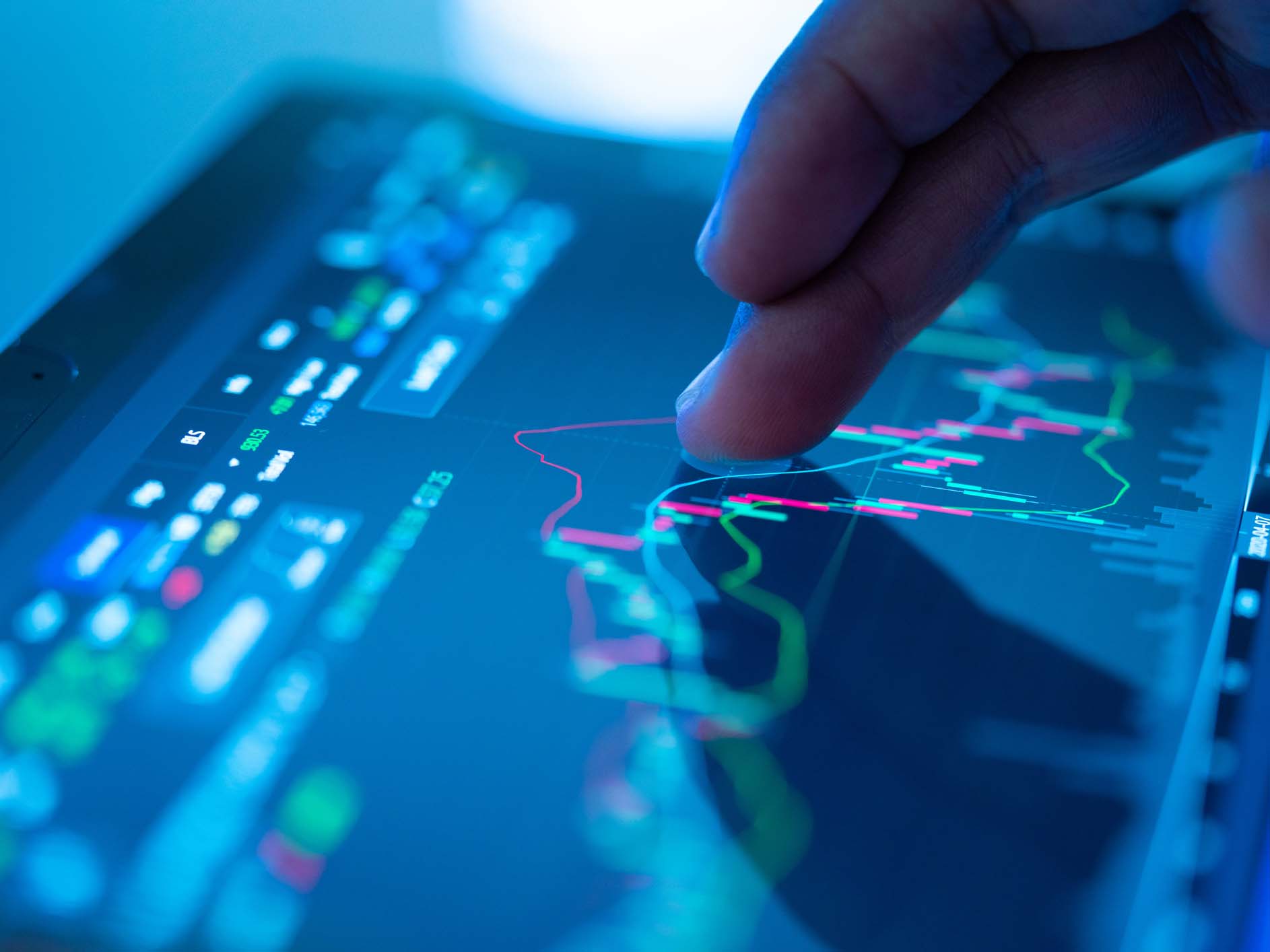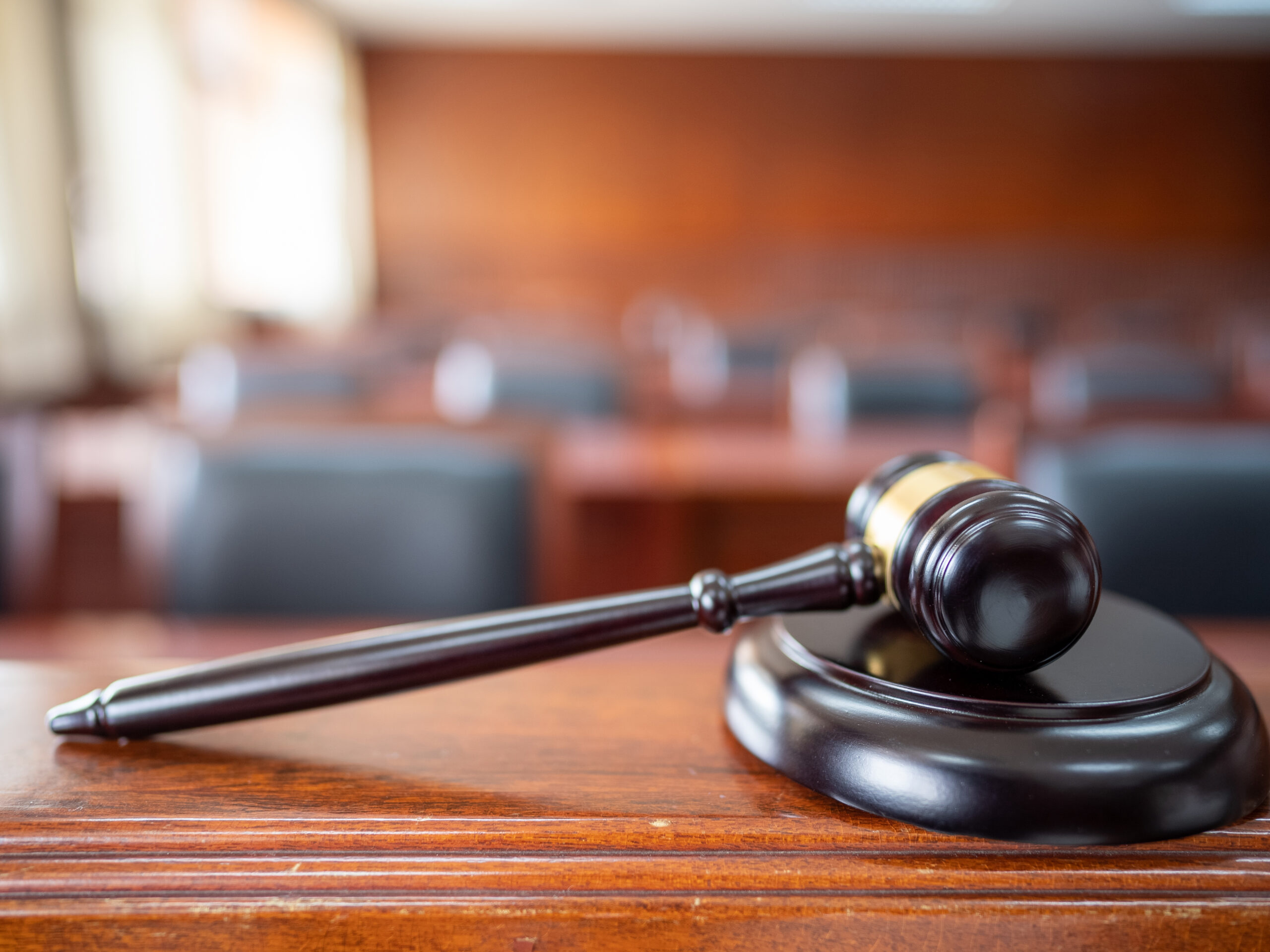The “S” in ESG Is More Important Than Ever. Why Strong and Shared Cultures Will Benefit Companies in the Long Run
In the modern world, ESG has become a critical piece in a corporate jigsaw. And while focus has traditionally been centered on the “E” pillar, environmental, and to an extent, the “G” or governance pillar, the “S” or social pillar has risen to significant prominence.
What is the “S” pillar?
It’s good to get a bearing of what is meant by the “S” or social pillar. It encompasses far-reaching issues, and the generally accepted definitions include how a company deals with employee-employer relations, working conditions, employee welfare and human capital, health and safety, cyber and data security, local communities, geopolitical events, diversity, inclusion and discrimination, product safety, supply chain and advertising ethics.
So why does it matter? It’s no secret that all manner of stakeholders – whether employees, shareholders, clients or society at large – look favorably on companies which perform positively against the social pillar.
The Importance of Culture
Positive values are demonstrated in a number of ways and a good place to start is company culture. Cultural behaviors are established top down. Boards must set the standard expected, and CEOs must be the conduit for that standard being cascaded through the rest of the company. It’s widely recognized that “S” practices tend to be strong in companies with a strong and shared culture, with the opposite being true where the culture is poor.
86% of employees prefer to support or work for companies that care about the same issues they do. Looking ahead, millennials and Gen Z are due to make up nearly three quarters of the workforce by the end of this decade. These age groups place more importance on ESG than their predecessors and, coupled with younger investors, are more likely to take action and voice their ESG frustrations. We’re likely to see corporate culture impacted and backlash instigated if this isn’t a top priority in organizations.
Investing
According to Morningstar, ESG funds accounted for almost one third of all European fund sales from April to June 2020, with sustainable equity funds attracting 63% more than their traditional counterparts. Going forward, 66% of pension funds are looking to increase their allocation to S-focused passive funds over the next three years.
And with millennials and Gen Z set to share a wealth transfer in the region of $30 trillion from their baby boomer predecessors in coming years, investment funds have noted that these age groups are more ESG conscious so will be ensuring that their funds show sufficient ESG emphasis.
So is it just public companies which need to worry about ESG and the S pillar? With private companies making up more than 90% of the world’s businesses, they simply cannot stick their heads in the sand when it comes to ESG – especially if they’re seeking to attract investment from private equity (PE) and venture capital (VC) firms, who are hugely ESG conscious in their investment practices.
They will want to see that the implementation of an ESG framework, as well as a director accountable for all things ESG, is on any target’s immediate / short-term agenda. For the S pillar, directors and officers have to be immediately mindful of supply chains, diversity, inclusion and employee-welfare risk.
The processes involved with companies merging with or acquiring other companies will be similar. The synergy of both companies’ values will no doubt include ESG positions and outlook, with this position likely being supported by shareholders and employees alike. ESG-focused information can be gleaned through several means, whether that’s through a business plan, investment memorandum or bespoke due diligence questionnaire.
Other “S” Factor Risks
When it comes to supply chains, modern society has zero tolerance for companies which have child labor, poor working conditions, or workers working for less than minimum wage in its supply chains. From cobalt, to fashion, to consumer goods – every industry is in the spotlight.
Worldwide movements such as #MeToo and Black Lives Matter are central to the S pillar. The world took notice and employees, clients, shareholders and activists are looking to companies and their leading executives for their response.
Industry giants Facebook, the Gap, Monster Beverages, Norton LifeLock and Oracle are just a few which were served with lawsuits demanding more diverse boards of directors in the last 18 months, and it’s unlikely that we’ve seen the last of them.
Cybersecurity has become the biggest concern for directors and given the potential fallout associated, it’s not hard to see why. While tech firms may be obvious choices for hackers, a wide array of industries find themselves on the receiving end of malicious attacks – take Graff Diamonds, the Colonial Oil Pipeline, NBA’s Houston Rockets and the UK’s National Health Service as varied examples.
Companies and their executives can face fines, significant drops in share prices, reputational damage, business down-time and lawsuits from discontented shareholders or individuals whose data has been breached.
The D&O Underwriting Approach
So why is it so important for underwriters to review S pillar aspects when considering a company’s D&O proposal?
Bad news travels fast. Half of the world’s population has at least one social media account so given the rapidity and ease of the ability to disseminate and view information, should a company fall foul of an S pillar element, the associated negative PR could prove catastrophic.
A company only needs an allegation of wrongdoing, contravention, heel dragging or inaction to kick-start negative PR, bringing with it a multitude of issues from nosedives in share price to lawsuits that could lead to the need to mount a costly defense.
Underwriters will likely scrutinize and question all aspects of the S pillar to ensure that there is sufficient comfort level associated with the business’s good practices, in order to move forward with insuring it.
Although on a granular level the approach can differ depending on the aspect and associated risks, generally speaking it would include looking into the policies, procedures, processes and training around each risk.
Taking employee welfare as an example, reviewing HR policies, procedures will be high on an underwriter’s list as well as reviewing results of a company’s employee surveys, the existence of employee forums, company values, formal channels for complaints and grievances, anti-discrimination and anti-harassment training, procedures and practices.
While this aspect would seemingly fall under the realms of employment practices liability insurance, given the “catch-all” nature of a D&O policy, we have seen high profile employee sexual harassment litigation implicate D&O policies, such as Fox News’ $90 million shareholder derivative settlement.
Google, Activation Blizzard and the Weinstein Company have all become involved in sexual harassment scandal resulting in associated bad publicity.
Companies which have a director or officer accountable for the supply chain would bode well. Underwriters would want to see that the company, through this appointed individual, is constantly reviewing the chain to ensure that there is no modern slavery or child / forced labor attached to any part of it.
Obtaining independent analysis and scrutiny of the supply chain would also be viewed favorably. Depending on the territory in which the company is based, the company may also be bound by modern slavery laws, so narrative around how the company ensures it is abiding by these laws would also be well received.
The cybersecurity landscape is ever-changing and growing in sophistication. Sight of a company’s cyber protocols, controls and staff training procedures would help alleviate underwriter concerns as well as knowing that the company performs testing and constant reviews of its firewalls and defenses.
If a company has experienced a cyberattack, underwriters would want to know how this impacted the company, and also how it rectified the situation to prevent recurrences. Knowing that a company maintains sufficient levels of cyber insurance, as well as having decent backup and business interruption safety nets in place would also help.
PE or VC backing of a company can provide underwriters with a lot of comfort. Not only do these firms often require companies in which they invest to have decent ESG procedures, but they can, and often do, help companies improve, review and maintain their standards.
If comfort can’t be achieved, underwriters will likely look to manage the risk via exclusionary language, sub-limits and premium / deductible increases, or position themselves higher up the tower on an excess basis.
One thing’s for sure, social and ESG risk isn’t going away any time soon and companies can expect underwriters to perform prudent investigations into all things ESG. &










